The controversial Garrick Club has hit the headlines recently – because the fact that it’s a men-only space has once again been thrust into the spotlight. So now, women are set to hold a peaceful protest outside the club on Thursday 28 March – although there’s a deeper issue at play, here.
The Garrick Club: you’d probably never heard of it until last week
The men-only Garrick Club was thrust into the media after the head of Britain’s spy service resigned his membership on Wednesday 20 March after discussions with his female colleagues.
Richard Moore’s decision comes after a list containing the Garrick club’s all male and largely white membership was made public for the first time in a report by the Guardian.
The club was founded in 1831 as a meeting place for gentlemen and named in honour of the 18th-century actor David Garrick. It includes as members King Charles III, former prime minister Boris Johnson, various judges, parliamentarians, actors, and rock stars.
Moore sent a message to MI6 employees on Tuesday 19 March, acknowledging the reputational hit that news of his membership posed to the service. In particular, he noted the risk of it undermining its work to attract more women to join MI6. He sent a second note to staff on 20 March, saying that he had decided to quit the club. This came following conversations with senior female colleagues.
The club, whose members include actors Brian Cox and Matthew Macfadyen who starred in the award winning television show Succession, Benedict Cumberbatch and Hugh Laurie, has around 1,500 mostly old members. A large number of its members occupy influential roles – from government leaders to partners at top law firms and heads of consultancies.
Moore’s resignation was followed by that of the prime minister’s most senior policy adviser, the civil service leader Simon Case, who also quit the club on 20 March.
Right to Equality set to protest
So now, campaign group Right to Equality are organising a peaceful gathering outside the Garrick Club which will be attended by a number of signatories and legal professionals. Shola Mos-Shogbamimu, solicitor, and Apsana Begum MP shall be attending and will say a few words.
The purpose of the event is to put pressure on the Garrick to allow women to join as members in their own right and/or encourage all male judges to resign their membership from a club that discriminates against women.
People will be meeting at 12.30pm on Thursday 28 March, outside of Caffe Concerto 143 Long Acre, London WC2E 9AD. They will then walk over to the Garrick Club ready for their lunchtime members.
The group said in a statement:
Right to Equality asks that you bring a placard if you can with something scribed along the lines of ‘Seats for Women’ or ‘judges of quality support equality’.
Right to Equality highlighted on X that the issue is deeper than just women’s equality. It shared professor Jo Delahunty’s post:
The issue the Garrick club is not going to go away. This is not about the fairness of a gathering of like minded folk-for me it’s about public service & membership of a private male club being incompatible with the judicial oath & public pledges to support equality&diversity….
— Prof Jo Delahunty KC (@JoDQC) March 25, 2024
That is, the Garrick Club had at least 14 senior male judges as members (before four resigned). This underscores the institutionalised misogyny that exists within the justice system – and may well help foment it.
Smashing the patriarchy at the Garrick Club – then hopefully the socioeconomic hierarchy in society, too
As a group of female judges and legal professionals wrote in an open letter:
Criminal, family, civil and immigration courts often deal with extremely serious allegations of domestic abuse and violence against women, including rape, sexual assault, coercive and controlling behaviour, stalking and financial abuse.
Many cases reflect the diversity of the society in which we live; we are proud to call clients women from all walks of life, many of whom are impecunious or in low-paid work. We represent women from all over the country, including the most deprived areas. Many do not have English as their first language or secure immigration status.
The Garrick Club, along with its associated ethos, embodies a social and gendered ideology that starkly contrasts with the reality of the modern courtroom. It stands as a symbol of an entrenched anti-woman tradition comprising predominantly white male membership. We are concerned that membership perpetuates systemic discrimination against women within the highest echelons of societal influence.
In our collective assessment, maintaining membership at the Garrick Club is fundamentally incompatible with the core principles of justice, equality, and fairness, particularly for senior members of the judiciary who significantly shape jurisprudence on gender-based discrimination and inequality and gendered crimes of violence and abuse.
Like the Garrick Club, the highest levels of the judiciary do not reflect our society. Female judges remain a minority, particularly women of colour, despite efforts to increase greater diversity and inclusivity.
Of course, the larger issue here is that England still has ‘clubs’ that are exclusively for those in the highest socioeconomic statuses in the first place:
The brouhaha about the Garrick Club not allowing women is missing the point. Even if they suddenly admitted us, I bet you ordinary working class women wouldn't be let in. I bet w/class MEN aren't. It is a class issue along with gender
— LynnieB -Socialism or die. #Palestine #Gaza (@LynnBraben) March 25, 2024
Will it be a great achievement if women become members of the Garrick club? Its whole purpose is to provide a closed networking platform for the country’s elite… how many members didn't go to private school or Cambridge or Oxford? It's the very definition of class rule.
— Chloe Hadjimatheou (@chloehadj) March 21, 2024
This underscores the bedrock of British society: classism – which keeps many of us subjugated in one way, shape, or form.
So, until that particularly hierarchy is smashed, then true equality will not happen for anyone. However, for now it’s the patriarchy that needs dealing with – and Right to Equality are determined to do that.
Additional reporting via Agence France-Presse
Feature image via Dulwich Picture Gallery
By The Canary
This post was originally published on Canary.



 (@adamfare1996)
(@adamfare1996) 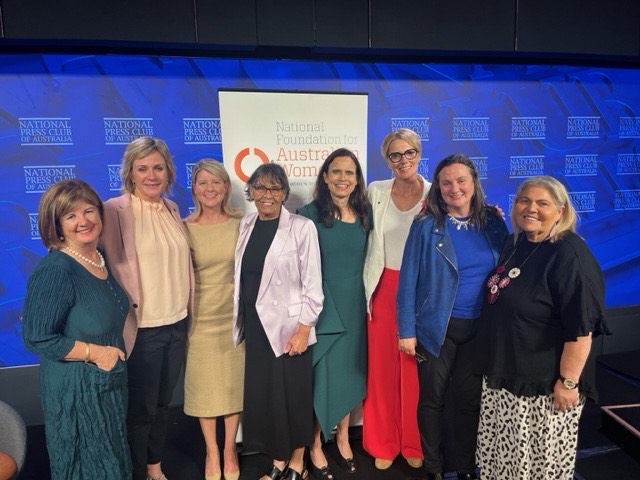
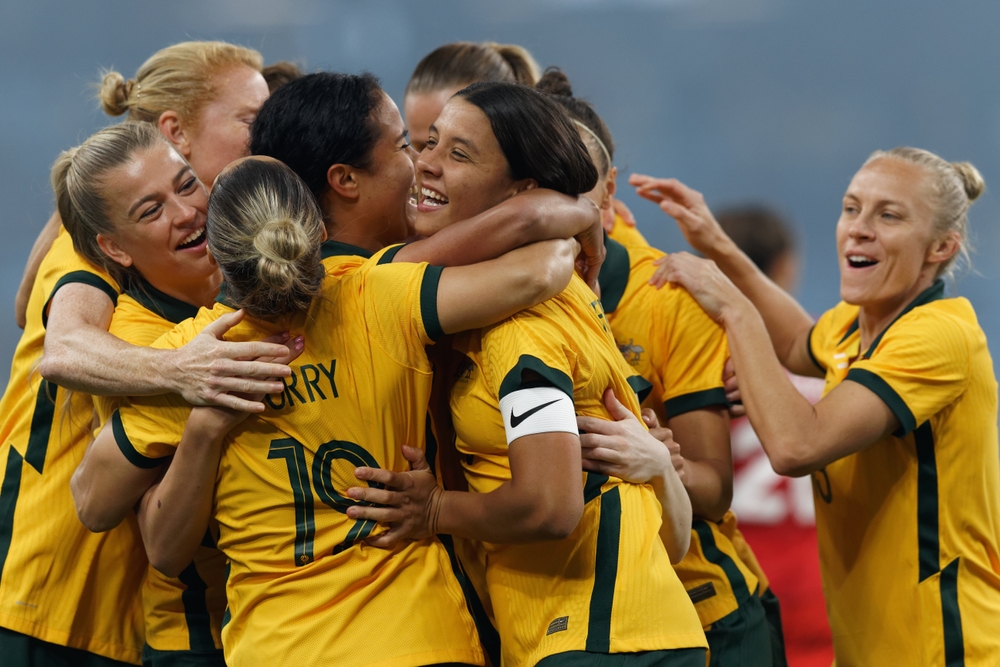
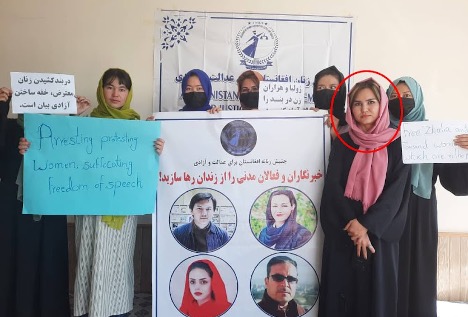
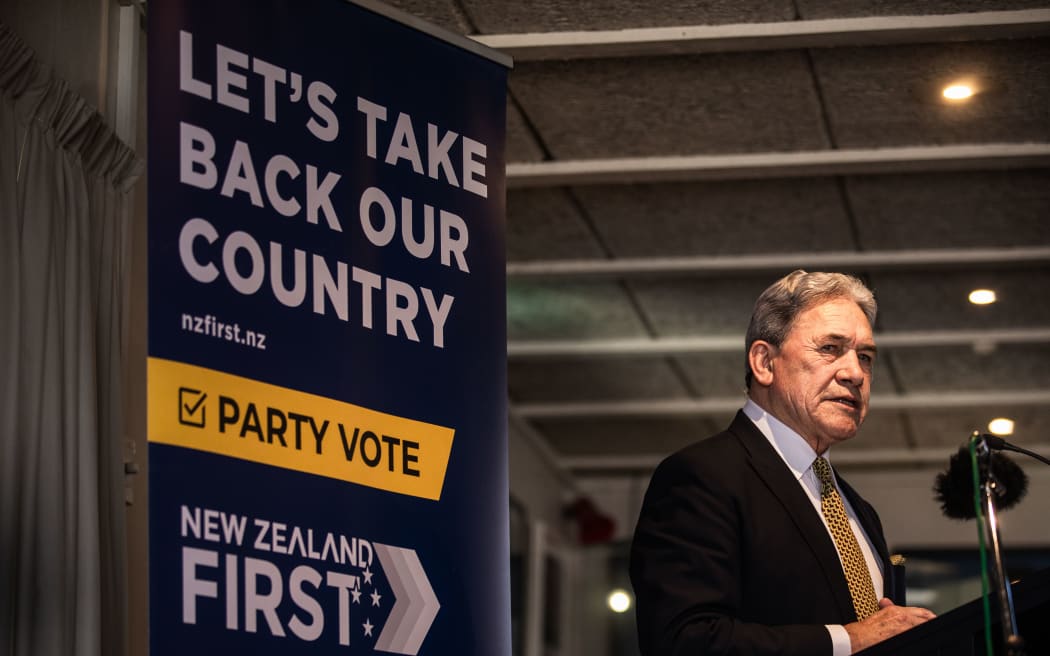
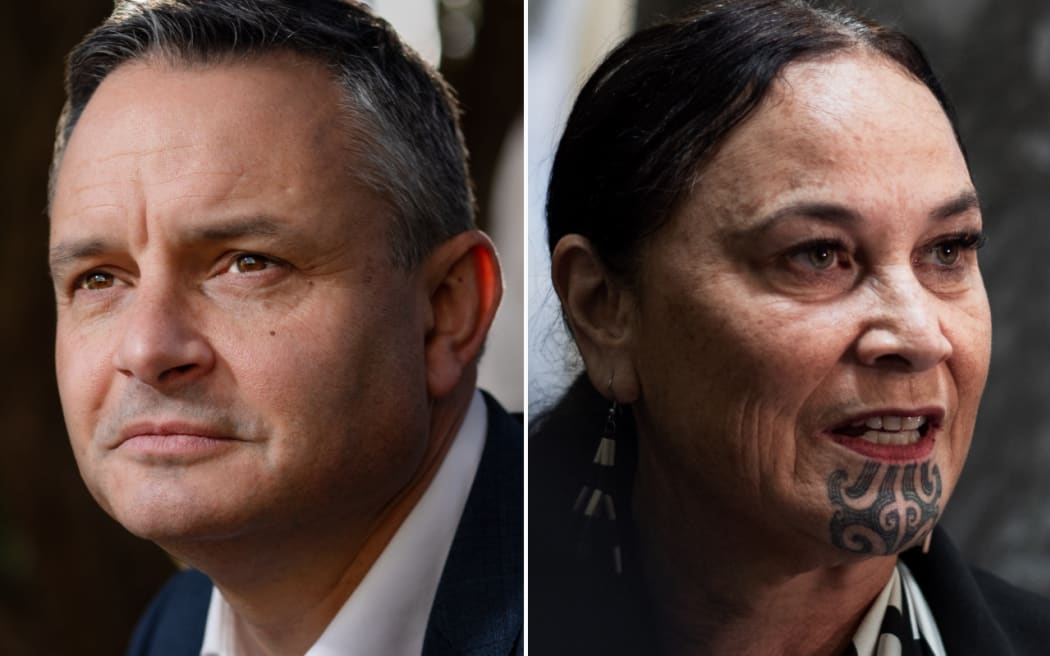
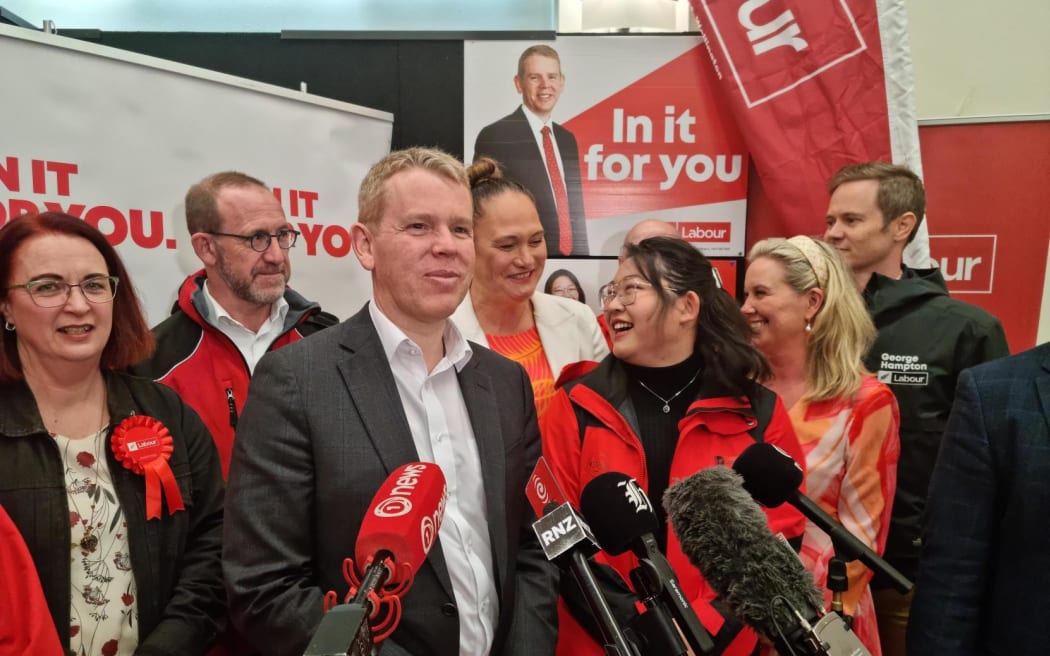
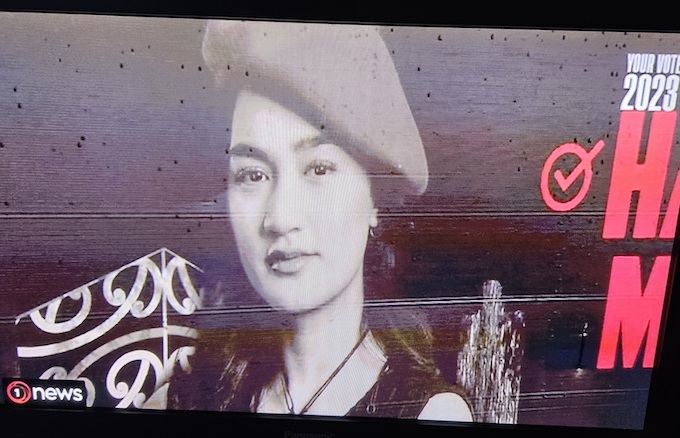



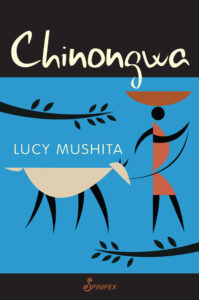


 marcusxdusty (@marcusxdusty)
marcusxdusty (@marcusxdusty)  #StrongerTogether (@RevBluesSusie)
#StrongerTogether (@RevBluesSusie) 
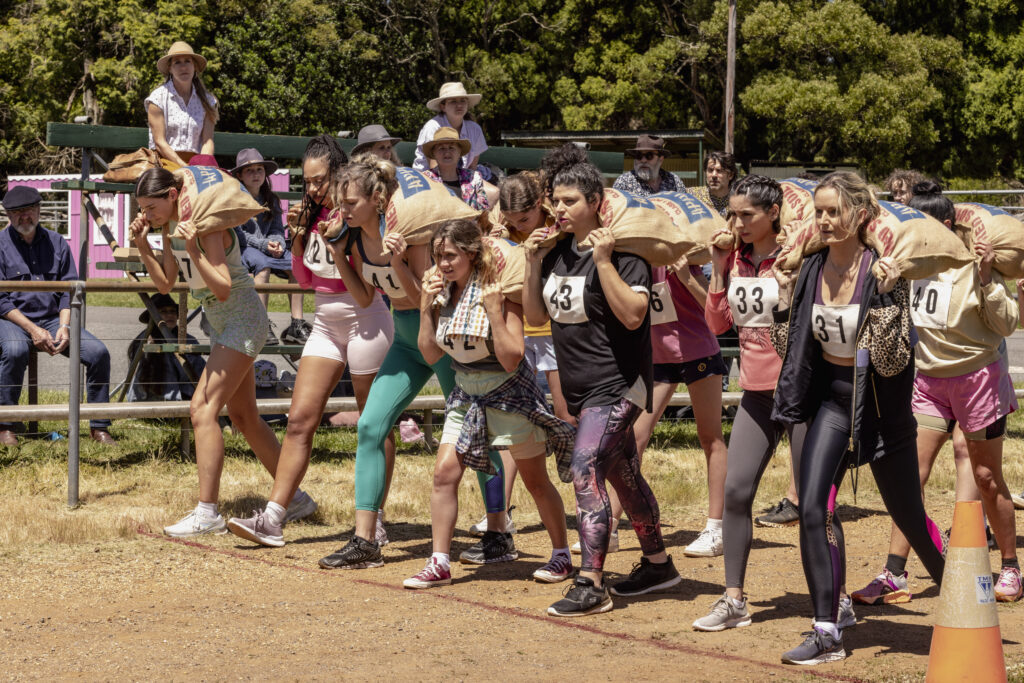
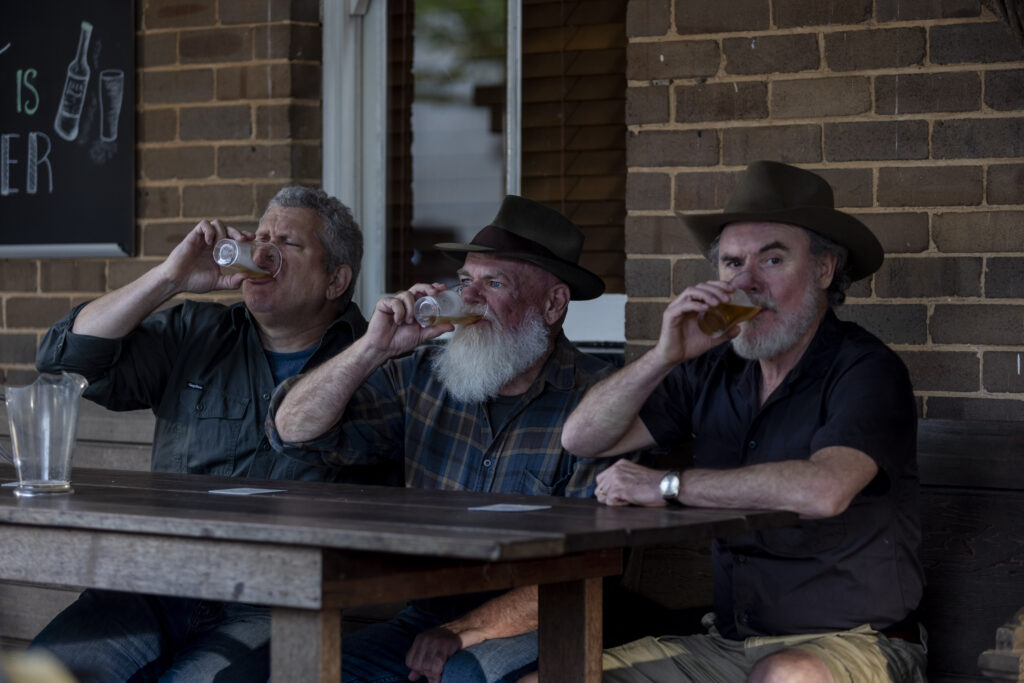
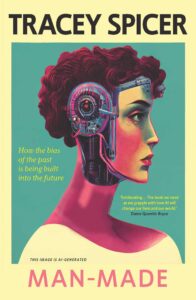
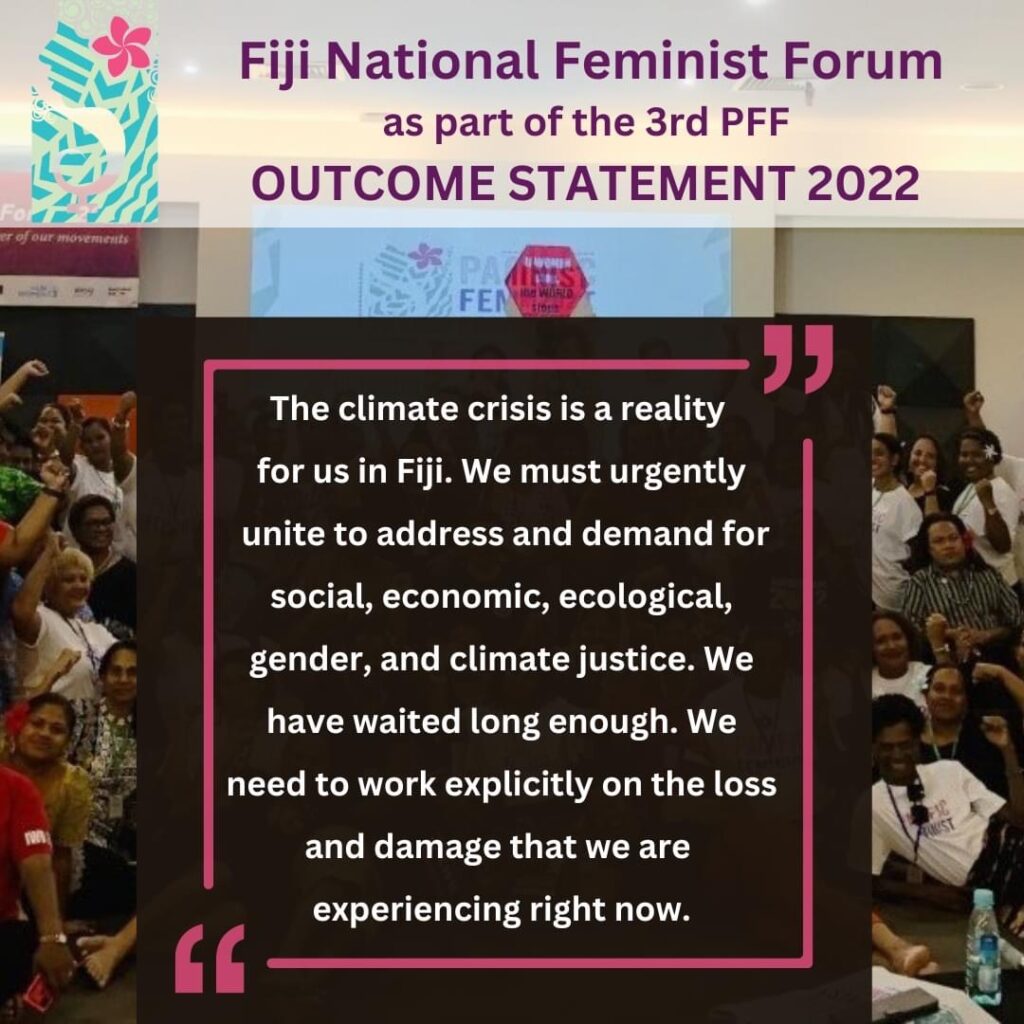
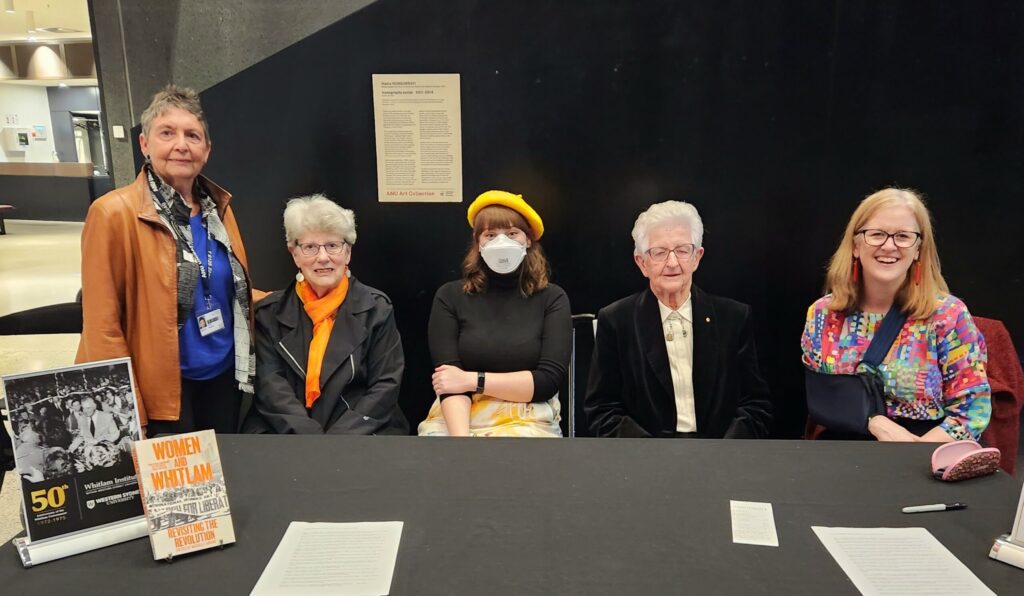

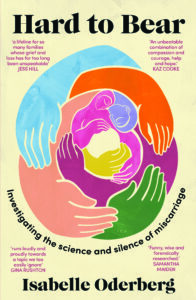

 (@TendaiChetse)
(@TendaiChetse)